Team Blog Series: Genius Loci by Masha Chigvinadze
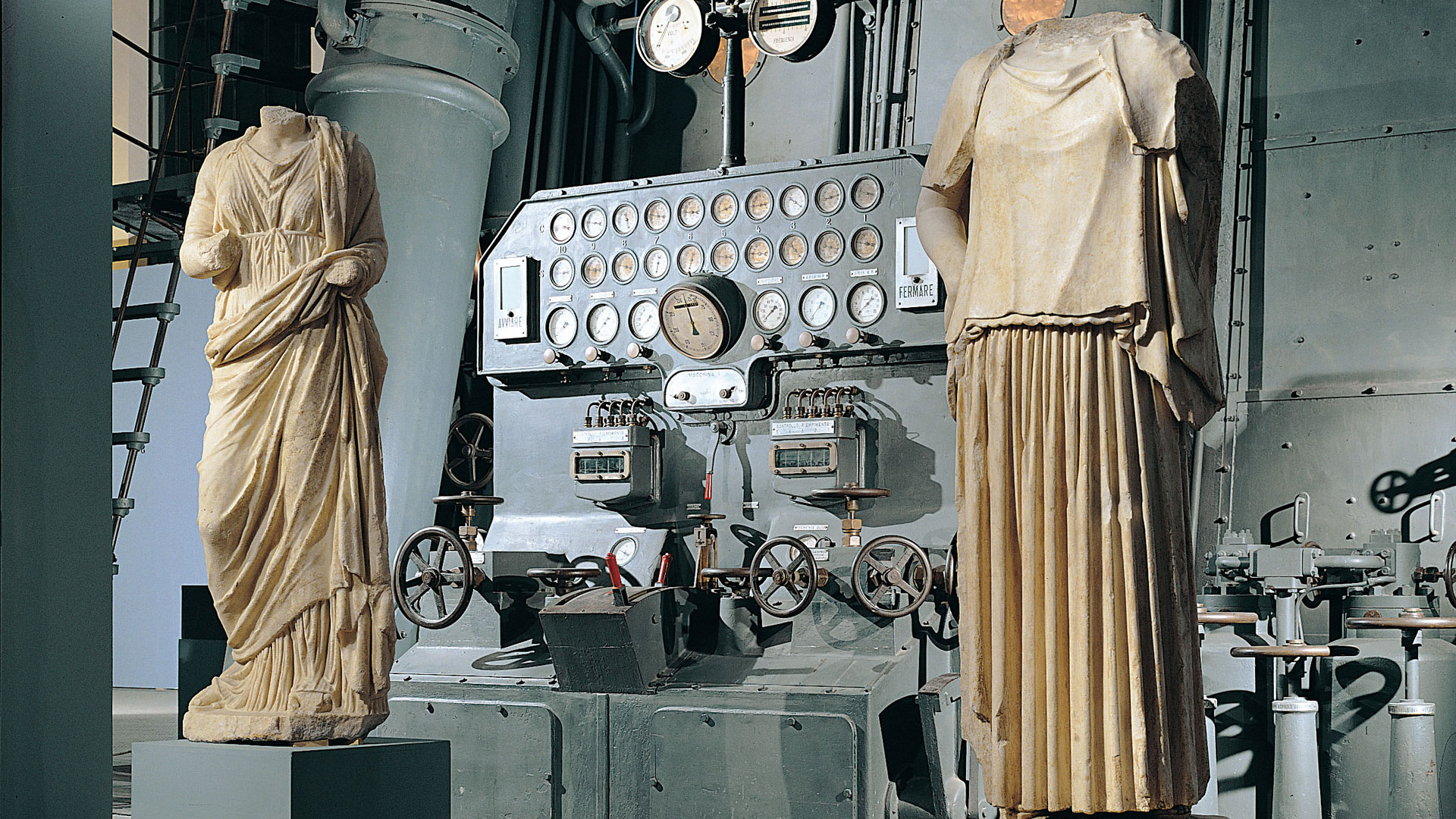
Genius loci - As An Intangible Phenomenon Of Transforming Spaces Into Places
If we say the word “Space” without any further definition, with no details about where it could be, or what function it would have, what image would occur in one’s mind?
When we speak about the abstract phenomenon of “space”, each individual has their own perception, their own image in their mind. The concept of “Space” could have intangible values like scent and energy or could even produce a sound in our brains. Does this “Space” have a shape or is it blank? Could it have a tangible value and be touched? Could it have a color or be transparent? Maybe it has limits or is infinite.
What is “space” and what is the original value that space possesses that defines it as a place?
As a part of our team blog series, Masha Chigvinadze will discuss the intangible value of spaces that leads us to their tangibility, which is the spirit of the place - known as Genius Loci in classical Roman religion.:
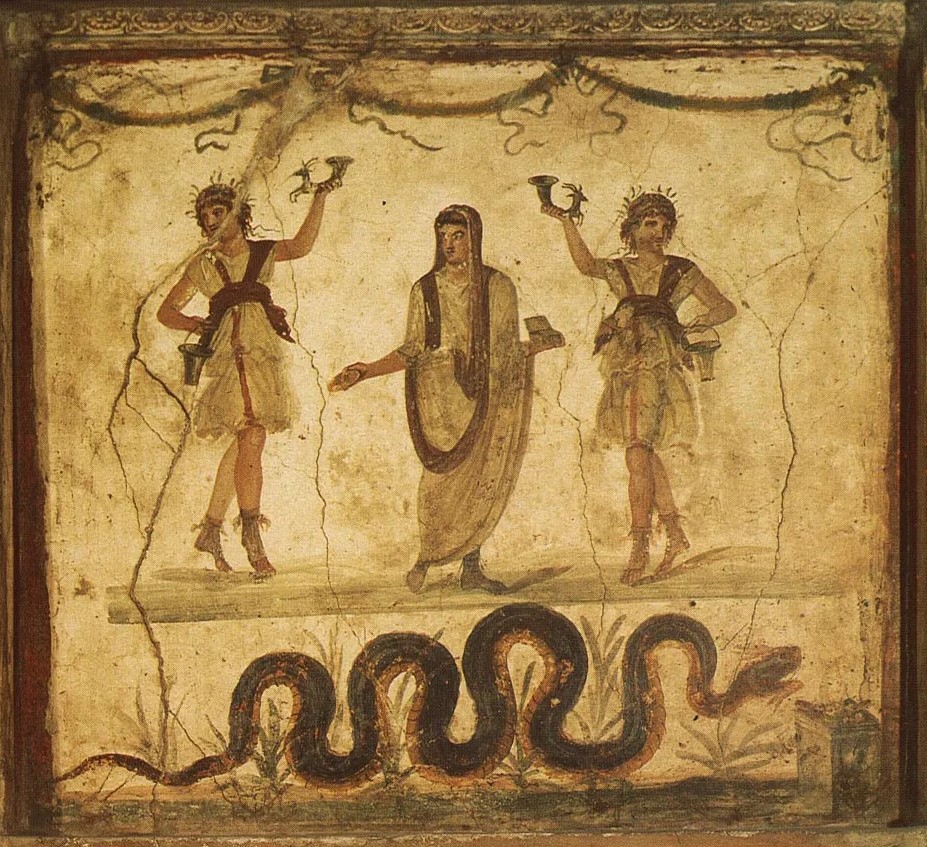
In Roman religion, the word Genius (mythology), is the individual instance of a general divine nature that is present in every individual person, place, or thing, while the definition of Loci is “a particular position or place where something occurs or is situated”.
Hence Genius Loci is known as being a protective spirit of a place. Often depicted in religious iconography as a figure holding attributes such as a cornucopia, patera (libation bowl), or snake.
The Oxford reference database describes genius loci as:” Latin term meaning ‘the genius of the place’, referring to the presiding deity or spirit. Every place has its own unique qualities, not only in terms of its physical makeup, but of how it is perceived.
To turn our focus on art and architecture, in the 18th century, Alexander Pope - poet, translator, and satirist made genius loci the main principle in landscape design, where he argues that landscape design should always be adapted to its context.
In Epistle IV (1731) of his Moral Essays, addressed to Lord Burlington, Pope states that, ‘instanced in architecture and gardening,… All must be adapted to the genius of the place, and… beauties not forced into it, but resulting from it.
“Consult the genius of the place in all;
That tells the waters or to rise, or fall;
Or helps th' ambitious hill the heav'ns to scale,
Or scoops in circling theaters the vale;
Calls in the country, catches opening glades,
Joins willing woods, and varies shades from shades,
Now breaks, or now directs, th' intending lines;
Paints as you plant, and, as you work, designs.” - Epistles to Several Persons: Epistle IV - Alexander Pope
In contemporary times Genius Loci could be represented not only in landscape design but in architecture and art as well.
Sweden-based visual artist Anastasia Savinova traveled and studied different cities in search of Genius Loci of each place. The series of artworks represents the identity of a particular city and its own atmosphere, through the connection of several photos. Each collage is composed of many buildings typical for a city or a country, in order to express the spirit of this place.
“In this project, I try to identify differences and similarities between places of habitation. Traveling around cities and countries, I take pictures of buildings, look into windows sneakily, go to local shops, flea markets, and bars, and watch everyday life – all this helps to build the feeling of the place. This feeling becomes a foundation or a series of large-scale collages,” - says Anastasia Savinova.

The discourse on the Genius Loci is characterized by a multiplicity and multidimensionality of theoretical approaches in philosophy, human geography, architecture, cultural anthropology, etc. This understandably covers a very wide understanding, from the physical substantiality of a place and its sense-based perceptions to spiritual experiences and intangible interactions, which imply a relationship between spatial and social processes (Markeviciene, 2012). (Genius Loci as a meta-concept - Marilena Vecco)
A project “Hundred Years Between” presented in Bangkok Design Week 2020, manifests tangible cultural heritage in the body of the building and intangible heritage in the body of historical fact, which melds tangibility and intangibility together in addition to the representation of two diverse cultures together.
Than Pu Ying Sirikittiya Jensen, granddaughter of King Bhumibol Adulyadej of Thailand has been asked to create works on display on the occasion of the 115th anniversary of diplomatic relations between Thailand and Norway. Than Pu Ying chose to research stories following King Chulalongkorn's visit to the Kingdom of Norway in 1907 to reflect the connection between the dimensions of time, place, people, and ancestors' past stories in the current living context, although the journey took place more than a century apart.
The space of the exhibit is a historic abandoned building that used to host the Royal Highness Princess Maha Chakri Sirindhorn, returning from a royal visit from the Kingdom of Norway in 1907.
Photographic works displayed in abandoned buildings show the spirit and the life which King Rama 5 saw during his visit, compared with what we see and what we intend to convey, focusing on nature and the relationship between people.
Than Pu Ying decided to revive the atmosphere of one century ago not only in terms of the King’s visit but also by manifesting the function that the building used to have. “People can see the traces that occurred in each era from the time that this building was a place to welcome the return from Europe of King Rama V as a warehouse for tax products imported into the country. There are various conditions that remain as they were, different colors of paint, letters, written text. With installation methods and placement conditions, we intended not to touch any structure, no hammering, no drilling, to make people see that history consists of many perspectives and all are connected.”
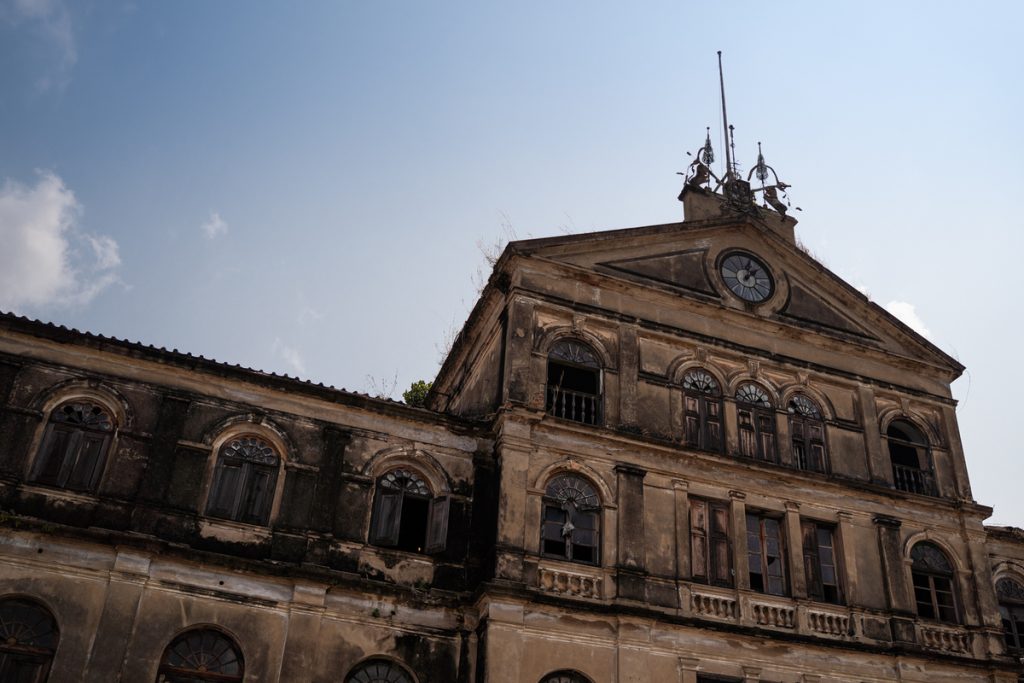
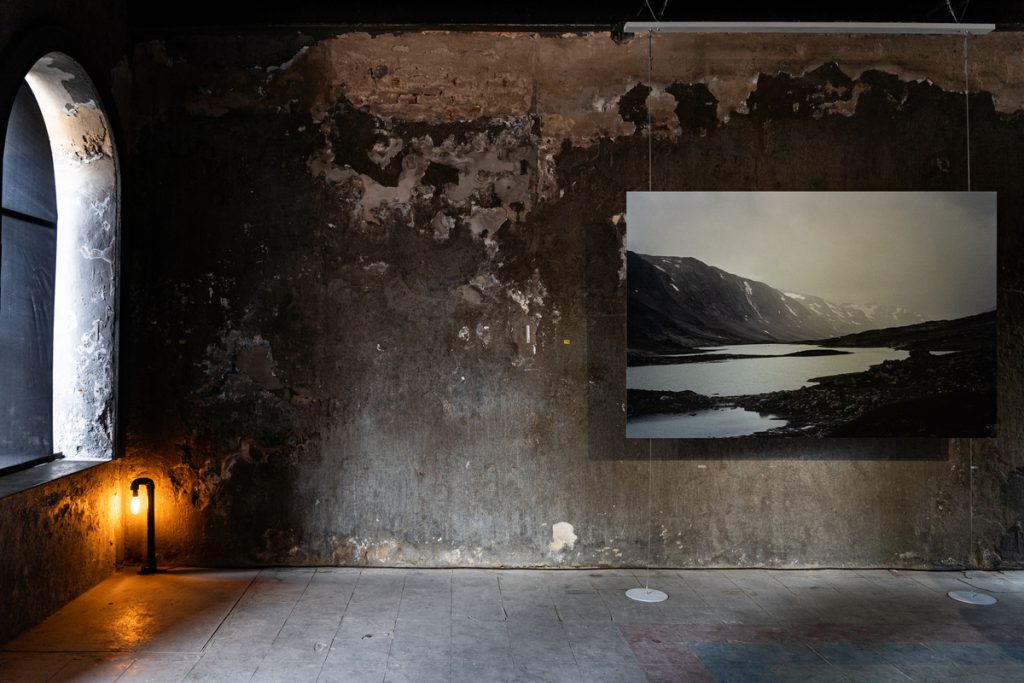

The concept of Genius Loci also in relation to architecture was deeply investigated in the XX century by a Norwegian architect, author, educator, and architectural theorist Christian Norberg-Schulz in the book - “Genius Loci: Towards a Phenomenology of Architecture”, where he argues that: “the spaces where life occurs are places… A place is a space that has a distinct character. Since ancient times, the Genius Loci, or spirit of place, has been recognized as the concrete reality man has to face and come to terms with in his daily life. Architecture means to visualize the Genius Loci and the task of the architect is to create meaningful places, whereby he helps man to dwell.” - (p.5)
In architecture, A priori, archetype, and genius loci are the primary principles of neo-rationalism or new rationalism. Pioneered by the Italian architect Aldo Rossi, Neo-rationalism developed in the light of a re-evaluation of the work of Giuseppe Terragni, and gained momentum through the work of Giorgio Grassi.
In the book “The Architecture of the City” Rossi argues: “The locus, so conceived, emphasizes the conditions and qualities within undifferentiated spaces that are necessary for understanding an urban artifact.”
Another important architect mentioned above - Giuseppe Terragni - used the phenomenon of genius loci to create a building in Rome. He took part in the competition of Palazzo del Littorio (foreign ministry). The site was to be on the new axial street called the Via Dei Fori Imperiali, opposite the basilica of Maxentius, in view of the Colosseum, at the heart of Ancient Rome. The elite of the Fascist party were members of the jury.
Terragni‘s project for the first phase combined classical and modern diction: axes were broken, as in the Forum and the Esquiline; building in layers, entirely appropriate to the genius loci; and engineering achievements of the kind that were also a strong feature of Ancient Roman architecture (here external spiral stairs of the kind used by Nervi for the stadium in Florence in 1929). And Terragni responded to richly orchestrated, the convex forward thrust of the Colosseum with a crowning concave wall, entirely undecorated, narrow, and with sharp vertical incisions, massively thick like the walls of the basilica opposite with its gigantic round-arched incisions.

Even though he did not win the competition, Terragni created a completely new structure that perfectly followed the principles of Genius Loci.
Yet if we speak about already built environments, abandoned or with the potential of being permanently reused in the contemporary world, a common practice of preserving the space and its Genius Loci while changing the function with minimum interaction with its form is greatly used in former industrial sites.
A dramatically literal example of this case is the Centrale Montemartini Museum in Rome. A large exhibition, commissioned by the Capitoline Superintendence for Cultural Heritage, would have allowed proceeding with the renovation of large areas of the Capitoline Museums, without taking the works away from the public. Large spaces of the Centrale Montemartini, marked by the enormous surviving machinery, were considered more suitable than ever to experiment with new museographic solutions. Two worlds that are diametrically opposed, archaeology and industrial archaeology, for the first time, were combined in a courageous arrangement where the space was organized in a way that the pre-existing objects and the objects to be shown remained intact and did not distort each other. As the exhibition experience was very successful, Centrale Montmartini turned into the museum hosting the aforementioned exhibition as a permanent one.
It is an enormously radical contrast, not only in comparison with different eras but visual as well, seeing very “unpleasant” dark machines in contrast with pure white sculptures of gods that leads not only architects or artists but also regular visitors to many arguments. This “simple” exhibit (simple in terms of process, meaning not changing the planning of the space in order to house the statues) exposing Genius Loci makes us see the dramatic contrast of gods and machines and makes us think about who is the god today, in times of the industrialized world.
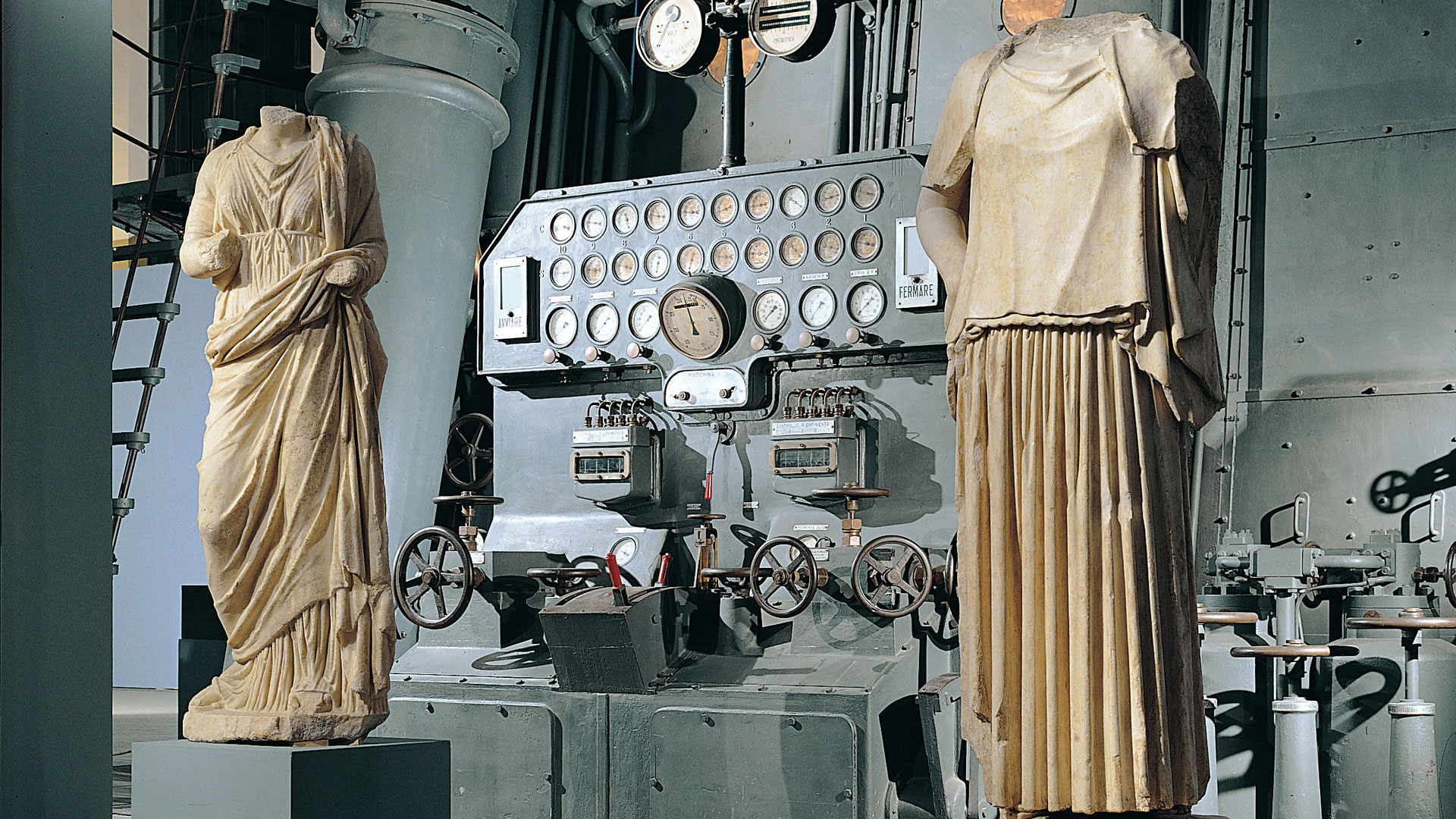
Marilena Vecco defines "Genius Loci" as the intangible quality of a tangible place, perceived both physically and spiritually. In chapter 3.2 of her study, Marilena Vecco investigates the past and present of genius loci:
To define the identity, age, and health status of a place, It is, therefore, necessary to study the rules of self-reproduction that have preserved its identity through the different processes of territorialization and the permanency (material and cognitive) that cross civilizations. These processes communicate as living testimonies of landscapes, cities, infrastructures, and socio-cultural models of long duration, they actively demonstrate the relational knowledge existing between culture and nature (Magnaghi, 2000). Magnaghi recognizes that every territory incorporates the concept of time and long duration as a place. It has an identity, a ‘soul’, a ‘genius’: in every place, there are temporal ‘dominances’ that durably shape its character. Following this reasoning, we can affirm that a world without places is an uninhabitable world for man: “The reconstruction of places, territory, territoriality, and territorial added value, becomes a strategic path, locally and globally (Brecher and Costello 1996)” (as quoted by Magnaghi 2001: 27). The approach to the problem must be radically changed: from a static to a dynamic dimension of space as the territory (Cfr. Magnaghi, 2006: 6).
Meanwhile, it is important to state that while working on the abandoned territory with its own history: “Respecting the “genius loci” does not mean copying old models. This
means determining the identity of the place and interpreting it in new ways”
- Ujma-Wasowicz K and Sulimowska-Ociepka A 2017 Genius Loci
Heito 1909 (derelict sugar factory in Pingtung City, Taiwan) by ECG International Landscape Consultants serves as a good example of preserving the soul and material of the space while integrating it with new structures, transforming the space into a public park that combines natural environments with the preservation of the factory's ruins. The architects chose to preserve and integrate the ruins to provide a link to the history of Pingtung, which was known as Heito during the period of Japanese rule in the early 20th century. The landscaping project incorporates several underground structures that were uncovered as the overgrown site was gradually cleared to create space for the park.
"The design endeavored to recover and identify each remaining structure," the studio explained. "Each building served a specific function in the park, providing a vital look into Heito's history of development. It tells the story of building the infrastructure and the impact on the city."\
"With Heito, a tiny portion of the era was saved through the inspiration of its excavated historical structures," the studio said. "Hopefully, this project inspires an approach to defining the design of a space. Hopefully, people can see a wasteland and discover its potential."
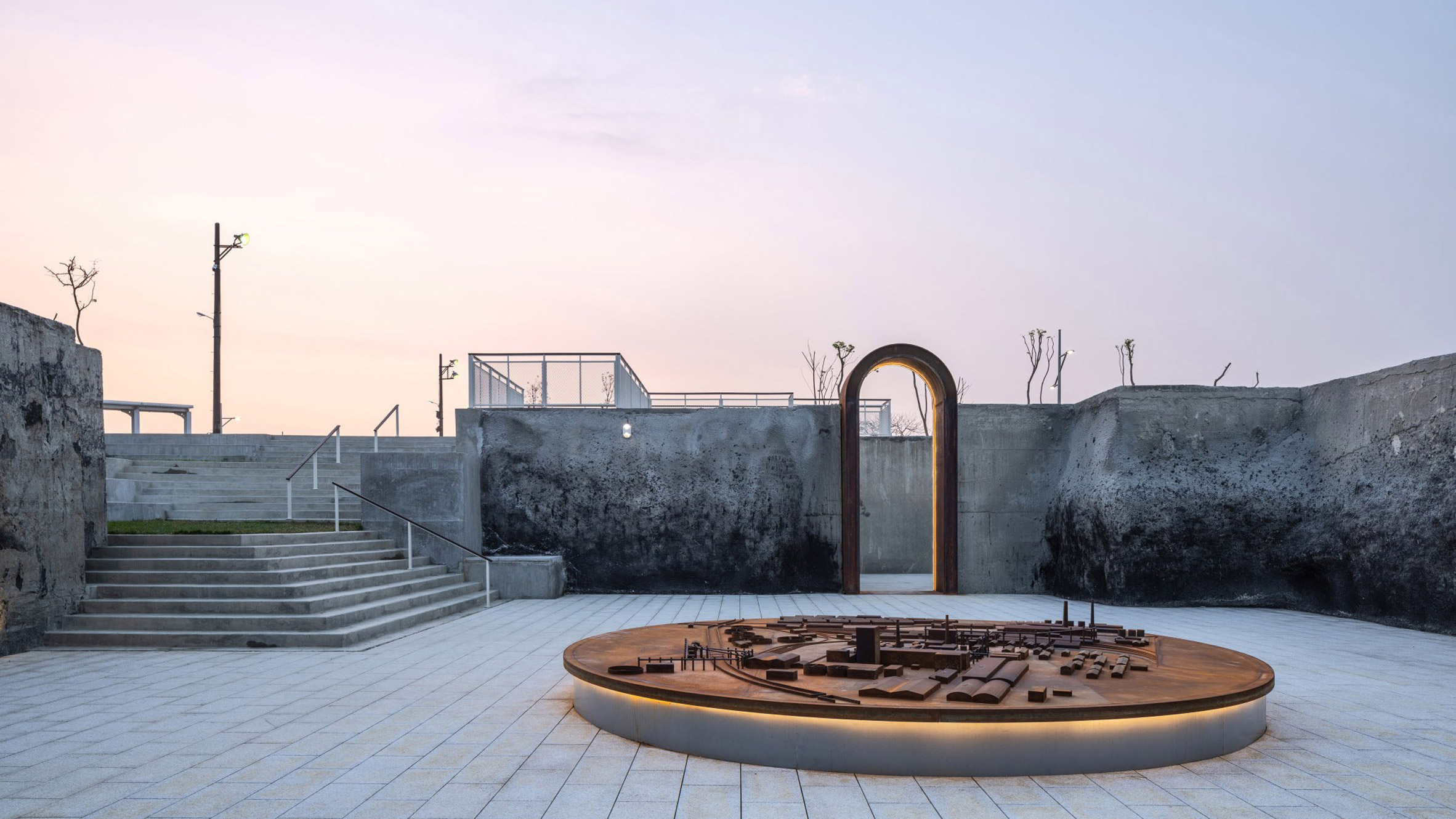
To sum up the case studies presented above, they expose several arguments (that could be used in any designing process when it comes to areas with special identities) clearly described in the paper “”Genius Loci” as a resource for the development of historical areas of the city” . Based on the experience studied, the authors of the article distinguish a number of components of the “genius loci” phenomenon: the tangible cultural content of the place (including architecture), natural-landscape features, event-historical envelopes, and components representing the principles of local originality (cultural code) and novelties (design code), which are mandatory components when working with historical territories.
Every scholar, architect, or poet presented in this paper and every case study explored leads architects to look into the bases of the space they work with. The first and the most important way to turn space into a place in terms of intangible qualities is to look deeply into its history - of the space itself, the people connected to it, the collective memories that it possesses. (as presented in the case study “Hundred Years Between”)
Another material part is to look deeply into tangible values that space retained in the shape of materials, distinctive qualities of the area, masterplan, and building typology. (as shown in the case study “Palazzo del Littorio”)
Arguments and theories discussed above are the tools for preserving Genius Loci, which is a crucial phenomenon in the process of exploring and creating new places. We as architects must recognize the responsibility of working with a locale that carries its own character, in addition to putting enough effort into preserving it, to avoid the loss of identity of the territory, area, building or any other place. As knowledge of history and heritage helps people to identify themselves and connect to “new” places, owning already familiar Genius Loci.
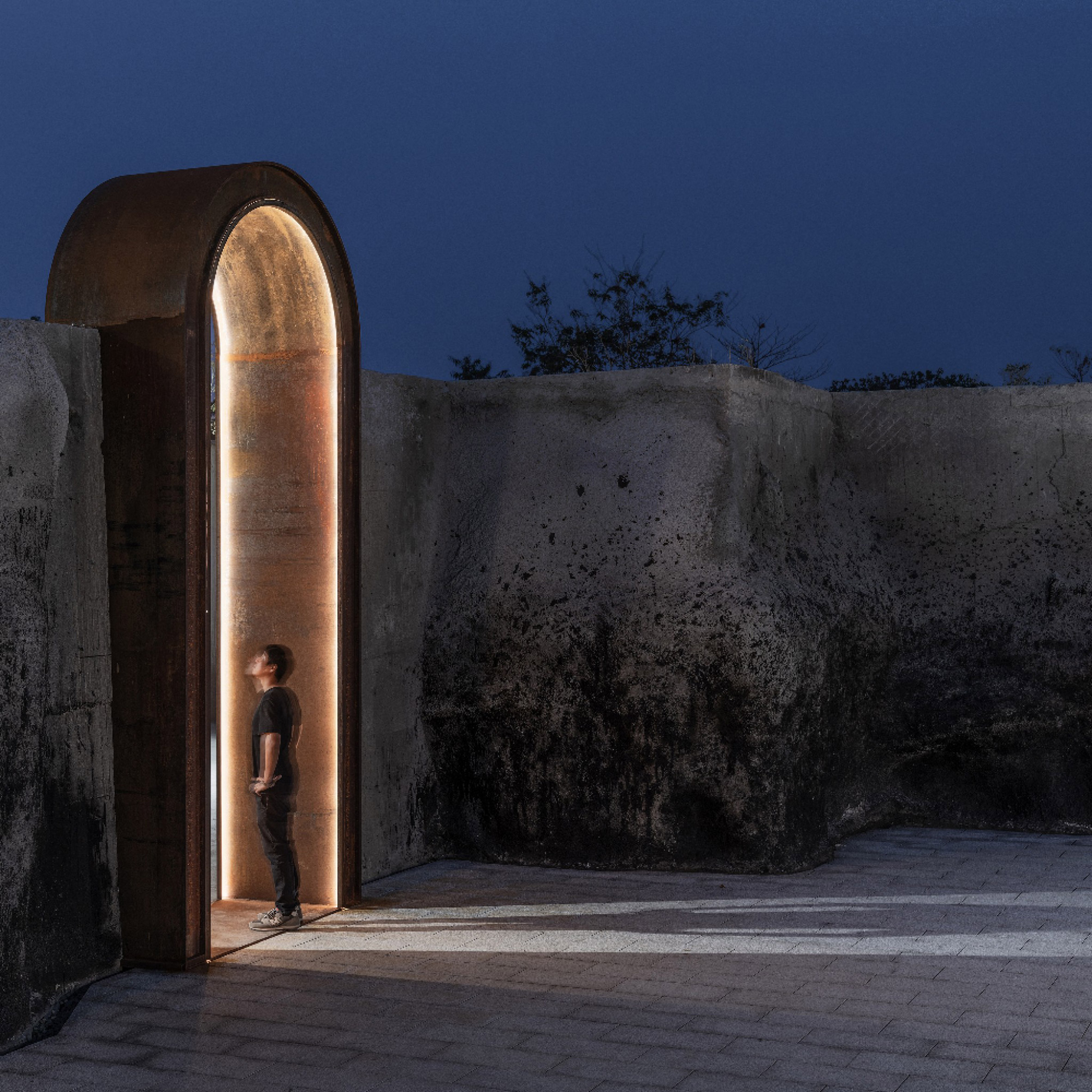
Sources:
- https://en.wikipedia.org/wiki/Genius_loci
- https://languages.oup.com/google-dictionary-en/
- https://www.oxfordreference.com/view/10.1093/oi/authority.20110803095847893
- https://misfitsarchitecture.com/2015/03/18/architectural-myths-16-genius-loci/
- «Genius Loci» as a resource for the development of historical areas of the city Alena Stepanchuk1[0000-0003-3109-6634], Svetlana Gafurova1[0000-0001-7636-2268] and Maria Latypova1 [0000-0003-1099-0768]
- https://books.google.ge/books?id=Se1BbQ99KGUC&pg=PA320&lpg=PA320&dq=giuseppe+terragni+genius+loci&source=bl&ots=OGJQkzAFs4&sig=ACfU3U1nTLye8bPFzdQVuEJkRq3dPpwc9w&hl=en&sa=X&ved=2ahUKEwi_26qjn775AhUaXfEDHVWWAf8Q6AF6BAgzEAM#v=onepage&q=giuseppe%20terragni%20genius%20loci&f=false
- https://architecturesmodels.com/2020/10/17/giuseppe-terragni-casa-del/
- https://en.wikipedia.org/wiki/Genius_(mythology)
- https://nulluslocussinegenio.com/2016/10/14/aldo-rossi-and-the-concept-of-locus/
- https://www.facebook.com/BangkokDesignWeek/posts/hundred-years-between/3532603670144892/
- https://www.itintandem.com/it/genius-loci-anastasia-savinova/
- GENIUS LOCI AS A META-CONCEPT By Marilena Vecco
- CEREN, EA 7477, Burgundy School of Business - Université Bourgogne Franche-Comté, France
- Professor Associated to the Carmelle and Rémi Marcoux Chair in Arts Management, HEC, Montréal, Canada
- https://kooper.co/en-conversation-with-sirikitiya-jensen-hundred-years-between/
- https://www.meer.com/casa-dell-architettura/it/artworks/71895
- https://www.pinterest.com/pin/450148925250079329/
- https://www.centralemontemartini.org/en/il_museo/storia_del_museo
- https://etc.worldhistory.org/exhibitions/rome-visit-centrale-montemartini/
- https://www.dezeen.com/2021/11/04/heito-1909-landscaped-park-former-sugar-factory/?li_source=LI&li_medium=bottom_block_1